
Understand the power meters on your road bike
Watts, kilojoules, FTP what do these data on your power meter mean? Find out the answer in this quick guide to bike power.
If you want to get faster (and you do!), chances are you've decided to invest in a power meter. What was once expensive equipment, power meters are now more affordable than ever and available for a variety of applications.
Power meters in the gears are most commonly used. But there are also other alternatives, integrated in pedals or the hubs of the wheel. Then once you hook up that power meter, you still have to learn to understand them to get the most out of them. Not surprisingly, the relationship between power and fitness is a complex topic that continues to be interpreted by coaches and athletes. Yet even the simplest power meter can provide valuable insight into your efficiency and potential on the bike. In this article we describe commonly used power metrics that are shown on the screen of the power meter.
Assets
Power is the rate at which energy is used (energy over time) and is measured in watts. In cycling, energy is expressed in work (such as how hard you have to work to climb a mountain). It is a constant snapshot of your working speed at any given moment. It is the building block of all power-based training. A fun fact: a watt is a watt, whether you're cycling or powering your home. So when a pro runner unleashes 2,000 watts in a sprint, he or she can essentially power two homes under normal usage. Another comparison: one horsepower equals 746 watts.
Average power
On your power meter, average power is probably not on your home screen, but it may be in the second or third menu. This is exactly what it looks like: the average of your power over the entire ride, just like your average speed. But beware: the average power measures everything during your ride. So also roll out and this is of course only a fraction of what you have driven. That is why we prefer to look at the normalized power .
A Tour de France rider will use an average of 220 to 320 watts for a four-hour stage; that's an intensity most recreational runners can sustain for just an hour.
kilojoules
The kJ, a basic unit of energy, is fortunate in that for most rides, one kJ roughly equals one kilocalorie (or what nutritionists simply call a calorie). The actual rate is 4.18 kJs = 1 calorie, but people vary from 20 to 25 percent efficiency. So for every 100 calories burned in exercise, only 20 to 25 calories are propelling you and measured by the power meter. The rest is converted into heat. If you know your power and time, you can calculate kJs, or calories burned.
If you're trying to lose weight, kJs are a benchmark to focus on. But the body burns a different ratio of fat to carbohydrates at different exercise intensities (and it continues to burn energy after the workout is over). So it's always an approximation. A power meter does honestly keep track of how much work you actually did, and how much fuel you needed for that workout.
Tour riders typically produce more than 3,000 kJ during a stage.
Threshold power
This is an important measurement of how much power you can sustainably produce for an hour and is a fundamental metric within fitness. It is often expressed in watts per kilogram of body weight ( see w/Kg ). Do you want to test your equity? The protocol is a 20 minute time trial, usually on a steady climb. But pros often do a specific set of tests that guarantee greater accuracy. After a 45-minute warm-up, do maximum efforts in this order, with full recovery (5 to 10 minutes of very easy pedaling) between each effort:
- 5 seconds (neuromuscular force)
- 5 minutes (aerobic power)
- 20 minutes (threshold power)
- 1 minute (anaerobic power)
Your functional threshold power is 95 percent of your 20-minute power.
normalized power
Normalized power uses an algorithm to account for variables such as time spent coasting, or interval work with its short, sharp peaks in power, to estimate how much power you'll be using during an entire ride (or segment). of a ride such as a lap time) could have sustained if you had delivered constant power on average. Power will almost always be higher than average, because of the coasting aspect. Average power is still important, but normalized power gives a more accurate picture of the true physiological demands of a ride.
Watts/Kg
Simply watts is not the most reliable measure of performance because cyclists produce different powers. A physically tall cyclist can typically produce more watts on flat or rolling terrain than a smaller built climber. A taller cyclist must produce greater watts to maintain the same speed as the smaller cyclist. So a better measurement, especially on climbs, is watts produced per kilogram of body weight (that normalizes the difference in size). This is usually used when dealing with threshold power, but it plays a role in the other tests as well.
How much better are Tour riders than the rest of us? A contender for the general classification can produce slightly more than 6 w/Kg on key climbs of the race. For comparison: a national pro can best produce 5 to 5.5 w/Kg; a good, competitive amateur or masters can probably produce about 4 w/Kg, and an untrained one would struggle to produce 2.5 w/Kg. That's right, a Tour pro can produce about 50 percent more watts than a competitive amateur racer and more than double what an untrained person could.
Heartbeat
Just because power is a more accurate measure of exercise doesn't mean you have to specify heart rate (HR). It's still important, because this is your body's response to work. And it is an important indicator of how you feel. Say you go cycling and you feel terrible on a climb; your heart rate spikes, but your strength just isn't there. Maybe you're overtrained or you're getting sick. An unusually high heart rate indicates that something is wrong; you won't get much out of the workout today, so you should go home and rest your body. Likewise, a low resting heart rate indicates you're fully recovered from the last workout, so you can get back in the saddle.
Cadence
Power equals work over time, right? So there are two ways to increase your power: you can increase the actual force on the pedal, or you can increase the number of times the pedal goes around in a minute. That's cadence. If you ride with a power meter, you'll find that if you downshift and pedal at a higher cadence, it may feel a little easier at first, but your power actually increases. While you're not putting the same amount of force into each pedal stroke, the increase in cadence means there are more pedal strokes per minute, so more total power.
Would you like to read more about cycling training?
Sign up for the newsletter and receive useful information.


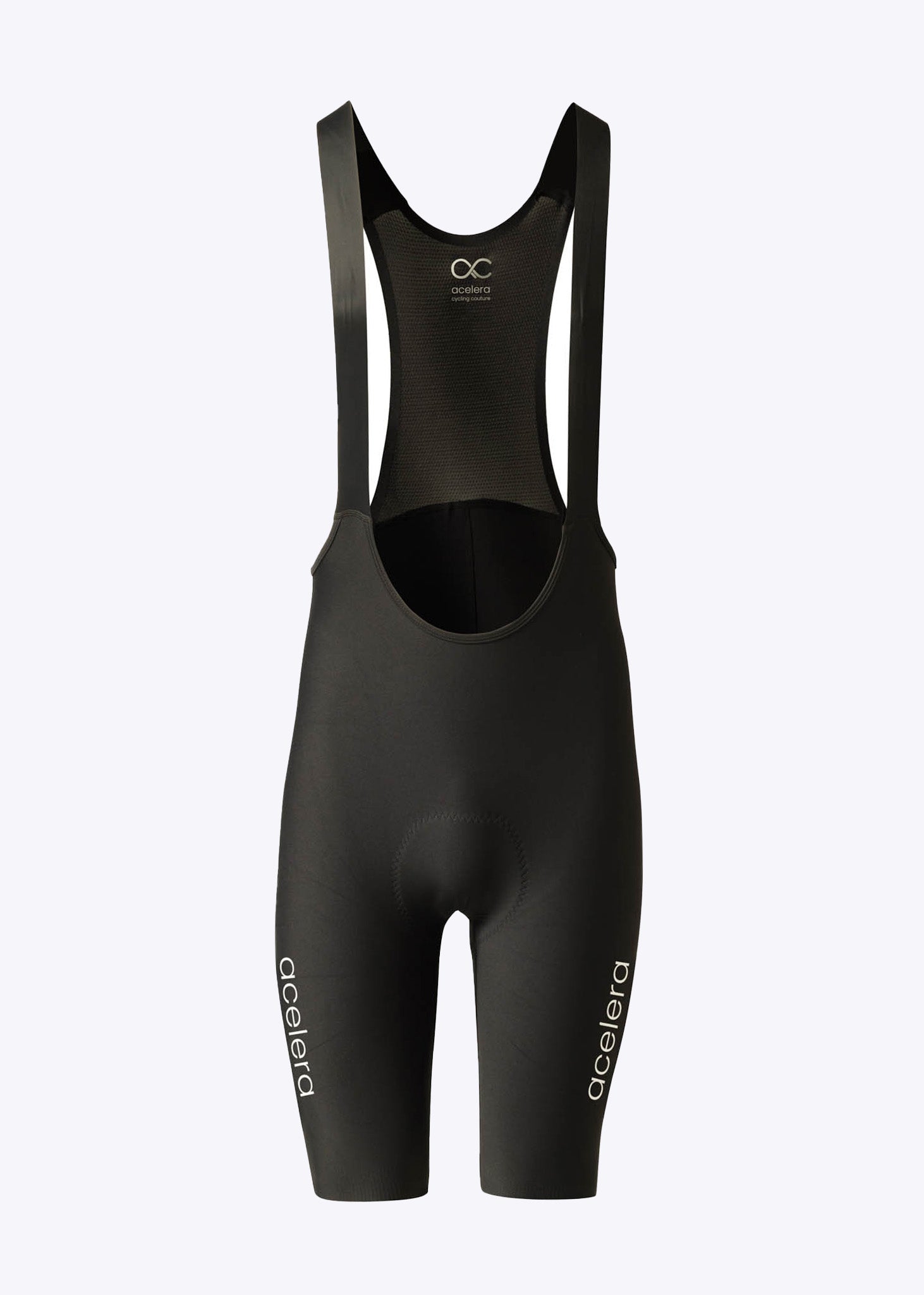











Leave a comment
This site is protected by hCaptcha and the hCaptcha Privacy Policy and Terms of Service apply.